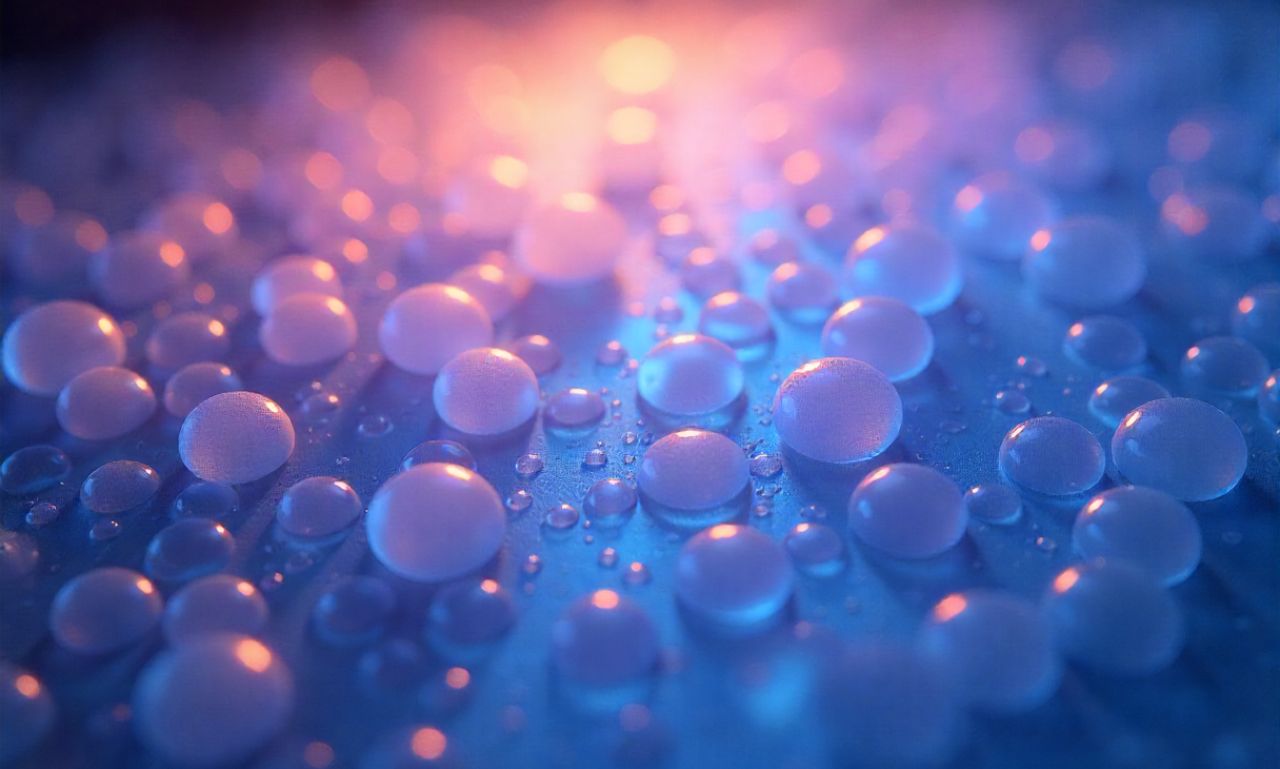-Non polar dielectric materials play a vital role in electronics and materials science. Engineers and scientists use non polar dielectric substances in capacitors, insulators, and high-frequency applications. Unlike polar dielectrics, these materials lack permanent dipole moments, making them ideal for systems requiring low polarization and high electrical resistivity. This article explores the structure, properties, types, and applications of non polar dielectric materials.
What is a Non Polar Dielectric?
A non polar dielectric refers to a material whose molecules do not possess a permanent electric dipole moment. These materials exhibit symmetrical charge distribution, preventing the natural separation of positive and negative charges. When you apply an external electric field, non polar dielectric materials generate only a small, induced dipole moment.
Non polar di-electrics serve as excellent insulators, thanks to their high resistivity and low dielectric constant. Their ability to resist alignment with electric fields makes them essential in applications demanding minimal dielectric losses.
Molecular Structure of Non Polar Dielectric
Non polar dielectric materials exhibit symmetrical molecular structures. In these structures, electrons distribute evenly around the nucleus, ensuring no net dipole moment exists. This symmetry prevents the material from becoming polarized under normal conditions.
When exposed to an external electric field, the electron cloud within the molecule shifts slightly, forming an induced dipole. However, this effect remains temporary and weak compared to polar dielectrics.
Key Properties of Non Polar Dielectric
Low Dielectric Constant
Non polar dielectric materials have a dielectric constant ranging between 1.0 and 3.0. This low value makes them suitable for minimizing parasitic capacitance in electronic circuits.
High Electrical Insulation
The absence of free charge carriers ensures that non polar dielectrics act as excellent insulators, effectively blocking current flow.
Minimal Dielectric Loss
Non polar dielectric materials exhibit low dielectric loss (loss tangent), making them ideal for high-frequency applications like RF and microwave circuits.
High Thermal Stability
These materials maintain their dielectric properties across wide temperature ranges, providing reliable performance under varying environmental conditions.
Chemical Inertness
Many non polar dielectrics resist chemical reactions, ensuring durability in aggressive environments.
Examples of Non Polar Dielectric Materials
Polytetrafluoroethylene (PTFE)
Commonly known as Teflon, PTFE boasts excellent chemical resistance and minimal dielectric loss. Industries use it in cables, insulators, and microwave circuits.
Polyethylene (PE)
Polyethylene serves as a primary material in wire coatings and packaging, thanks to its low dielectric constant and superb insulating capabilities.
Silicone Rubber
This flexible, non polar di-electric material finds applications in high-voltage insulators, gaskets, and weather-resistant components.
Quartz (SiO2)
Quartz exhibits non polar di-electric behavior, making it essential in precision oscillators, lenses, and optical fibers.
Polystyrene
Polystyrene’s low dielectric loss and cost-effectiveness make it a preferred choice for capacitors and electronic packaging.
Applications of Non Polar Dielectric Materials
Capacitors
Engineers use non polar di-electric materials in capacitors where stability and low dielectric constant are critical. These capacitors operate effectively in high-frequency circuits.
Insulation in Electrical Systems
Non polar di-electric materials insulate cables, transformers, and high-voltage equipment, ensuring safety and efficient operation.
Microwave and RF Components
Their low dielectric loss allows non polar di-electrics to perform reliably in microwave antennas, RF filters, and radar systems.
Optical Devices
Quartz and similar non polar di-electrics enhance optical systems, including lenses, prisms, and fiber optics, due to their transparency and low interaction with electromagnetic waves.
Printed Circuit Boards (PCBs)
Manufacturers utilize PTFE-based non polar di-electrics in PCBs to support high-speed data transmission with minimal signal loss.
Advantages of Using Non Polar Di-electric Materials
Enhanced Frequency Stability
Non polar di-electric materials provide excellent performance in circuits operating at high frequencies due to minimal dielectric losses.
Durability and Chemical Resistance
Materials like PTFE resist harsh chemicals and environmental conditions, ensuring longevity in critical applications.
Thermal Stability
Non polar di-electrics maintain consistent electrical properties even at elevated temperatures, making them ideal for aerospace and industrial applications.
Mechanical Flexibility
Silicone rubber and similar non polar di-electrics offer flexibility, allowing use in flexible electronics and wearable devices.
Challenges in Using Non Polar Di-electric Materials
Limited Capacitance
The low di-electric constant restricts non polar di-electrics in applications demanding high capacitance values.
Difficult Processing
Some non polar di-electrics, like PTFE, present challenges in processing and fabrication due to their chemical inertness and high melting points.
Higher Cost
High-performance non polar di-electric materials often come with higher manufacturing costs compared to conventional materials.
Emerging Applications of Non Polar Di-electric
5G Networks and Communication Systems
Non polar di-electrics play a key role in building low-loss substrates and components for high-frequency 5G antennas and transmission lines.
Wearable Electronics
Flexible non polar di-electric materials support the development of wearable health monitors, smart textiles, and foldable displays.
Medical Devices
Non polar di-electrics, with their biocompatibility and insulating properties, find applications in implants, diagnostic devices, and medical sensors.
Aerospace and Defense
Due to their stability in extreme temperatures and resistance to radiation, non polar di-electric materials are widely used in aerospace electronics and military-grade communication systems.
Future Prospects of Non Polar Di-electric Materials
Researchers continue to develop advanced non -polar di-electric composites that combine superior mechanical strength with enhanced di-electric performance. These innovations aim to support the demands of next-generation electronics, including quantum computing, advanced sensors, and sustainable energy systems.
Industries are also exploring eco-friendly non polar di-electric alternatives to reduce environmental impact while maintaining high performance.
Conclusion
Non polar di-electric materials hold immense significance in the world of electronics, telecommunications, optics, and beyond. Their unique properties, such as low dielectric constant, high insulation, thermal stability, and minimal energy loss, make them indispensable across various industries.
As technological advancements continue to demand faster, more reliable, and energy-efficient systems, non polar d-ielectrics will remain at the forefront of innovation. Continuous research and material engineering will ensure that these materials meet the growing needs of emerging applications, from 5G networks to flexible electronics.
